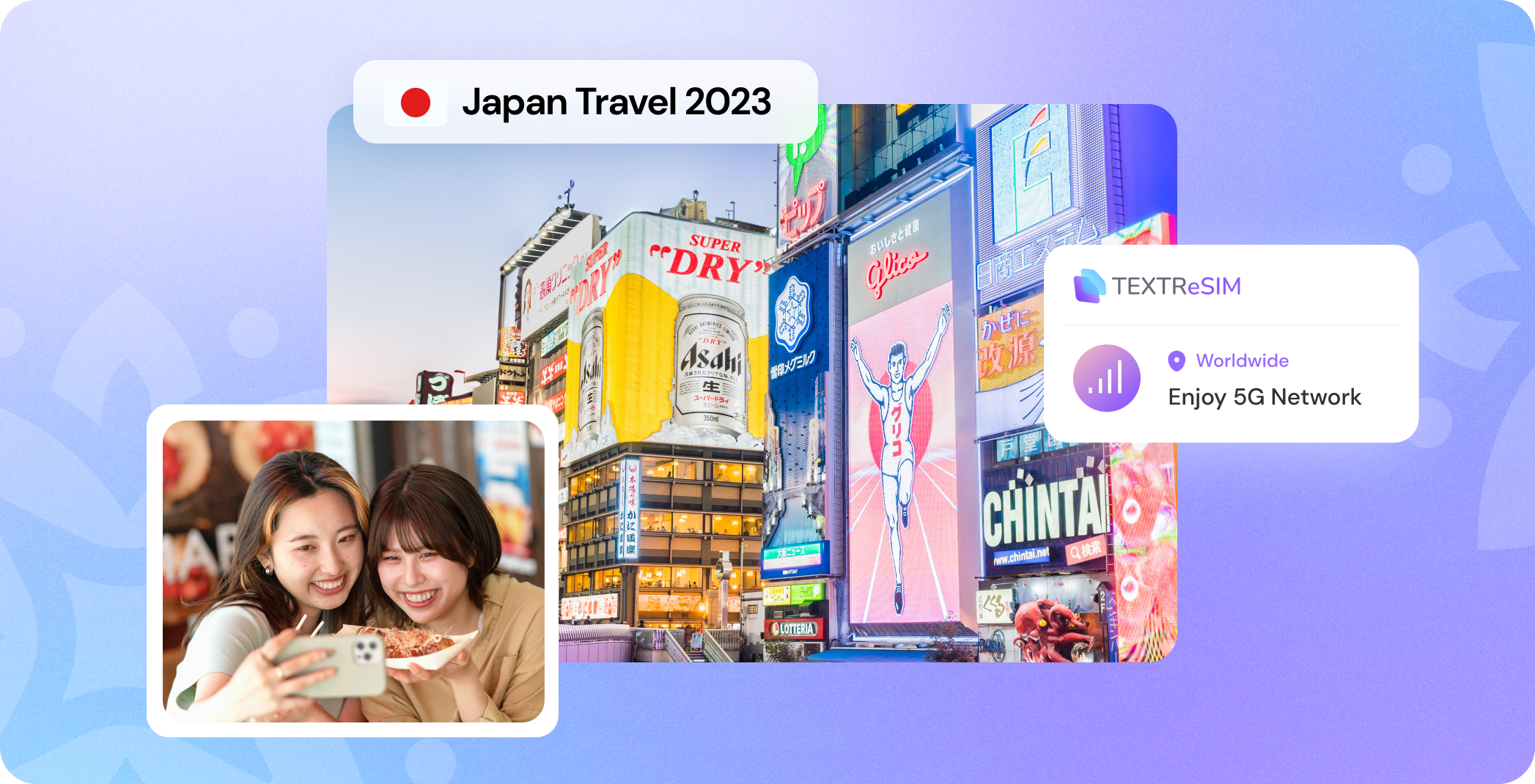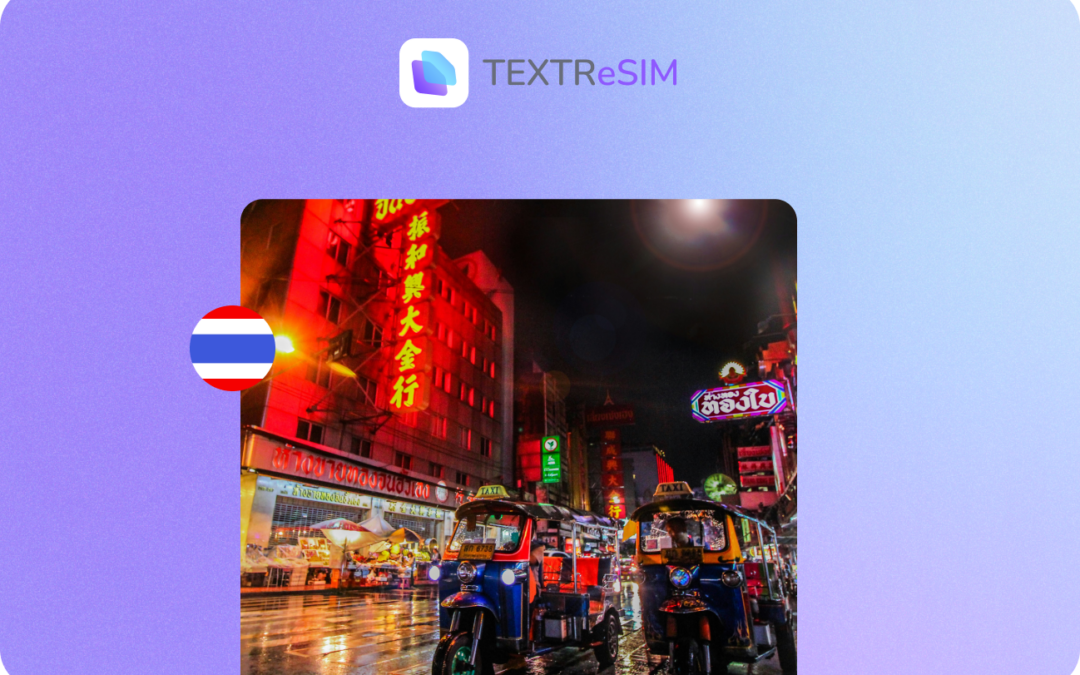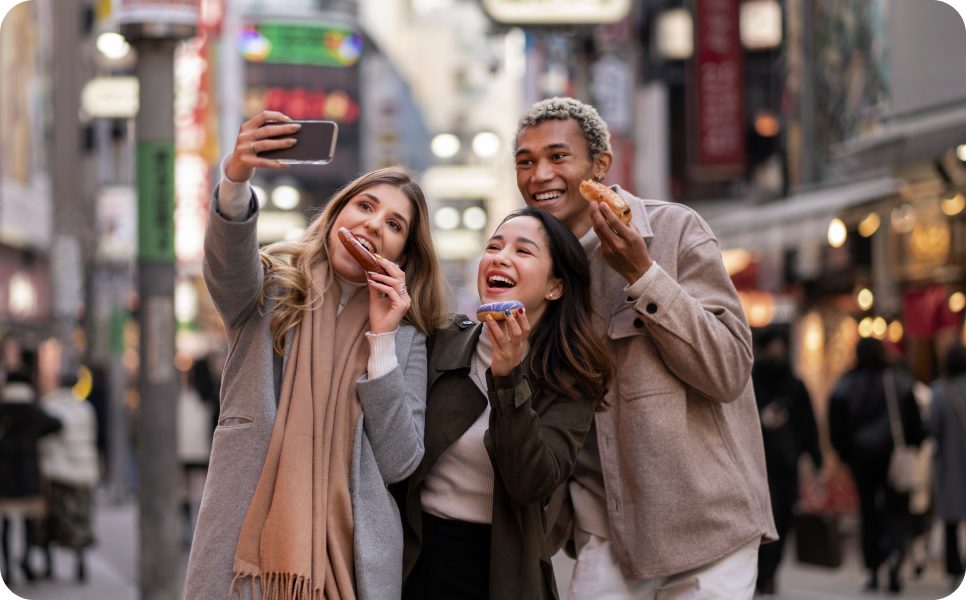First-Time in Japan? 15 Travel Tips You Need to Know for 2023


Berlin’s WWII Sites & Museums: A Journey Through History
Berlin’s WWII Sites & Museums: A Journey Through HistoryBerlin offers a...

Swiss Travel Pass: Your Ultimate Guide to Traveling Switzerland
Swiss Travel Pass: Your Ultimate Guide to Traveling SwitzerlandThe Swiss...

Planning Your London Trip: Ideal Duration and Itineraries
Planning Your London Trip: Ideal Duration and ItinerariesPlanning a trip to...

Explore Surfers Paradise: Guide to Australia’s Vibrant Beachfront
Explore Surfers Paradise: Guide to Australia's Vibrant BeachfrontImagine a...

Planning Your Trip to Munich’s Oktoberfest 2024
Planning Your Trip to Munich's Oktoberfest 2024Oktoberfest, Munich's most...

Savoring Hong Kong: The Top 5 Markets to Explore
Savoring Hong Kong: The Top 5 Markets to ExploreIn the vibrant streets of Hong...

Comprehensive Guide to Thailand’s Rainy Season
Comprehensive Guide to Thailand's Rainy SeasonEmbark on an enchanting journey...

Malaysia vs Singapore: A Comprehensive Guide for Travelers
Malaysia vs Singapore: A Comprehensive Guide for TravelersChoosing between...

Yuyuan Garden and Huxinting Tea House: A Gateway to Shanghai’s Soul
Yuyuan Garden and Huxinting Tea House: A Gateway to Shanghai's SoulTucked away...

Guide to Disney’s Hollywood Studios at Walt Disney World Resort
Guide to Disney's Hollywood Studios at Walt Disney World Resort Disney's...
Embarking on your first journey to Japan? This land of contrasts, where timeless traditions meet futuristic innovations, is a treasure trove of unique experiences. Whether you’re jetting in from the US or UK, these insider tips will help you navigate your Japanese adventure with ease.
Cultural Etiquette
1. Respect Local Customs and Traditions
Japan’s rich tapestry of customs and traditions is part of its charm. Show your respect by bowing when meeting others, keeping your voice low in public, and treating sacred and historical sites with care.
2. Eating in Public and Dining Etiquette
In Japan, eating on the go is a no-no, except during lively festivals or in bustling food markets. At meal times, express your gratitude for the food by saying “itadakimasu” before you dig in and “gochisosama deshita” after you’ve savored the last bite.
3. Join the Queue
Orderliness is a way of life in Japan. Whether it’s at a train station or a bus stop, follow the crowd and join the queue.
4. Forget the Tip
Tipping isn’t the norm in Japan. In fact, it can be seen as rude. So, when the bill comes, pay what’s asked, no more, no less.
5. Navigate the Tattoo Taboo
Tattoos in Japan have a complex history, often linked with the yakuza, or organized crime groups. While attitudes are slowly changing, especially among the younger generation, some public facilities like gyms or swimming pools may still have restrictions for tattooed visitors.
If you are planning on immersing yourself in a Japanese hot spring, or “onsen,” be aware that tattoos might not be welcome at some onsens. If you have tattoos, consider bringing along tattoo stickers to cover them up. Alternatively, check in advance if the onsen providers supply such stickers. This way, you can enjoy the relaxing onsen experience without any hiccups.
6. Cash is King
Despite its tech-savvy reputation, Japan still loves cash. While credit cards are widely accepted, it’s wise to keep some yen in your pocket.

Communication
7. Pick Up Some Japanese Phrases
A little Japanese can go a long way. Master a few simple phrases like “Arigato” (Thank you), “Sumimasen” (Excuse me), and “Eigo o hanasemasu ka?” (Do you speak English?) to break the ice.
8. Using eSIM in Japan
An eSIM, or embedded SIM, allows you to access a cellular network without a physical SIM card. This technology is ideal for travelers as it allows you to connect to the internet immediately upon arrival. Textr eSIM partners with major carriers in Japan, such as KDDI and Softbank, to offer eSIM data plans that can be purchased and installed online.
Alternatively, you can also consider renting a pocket Wi-Fi or buying a local SIM card.
Transportation
9. Navigating Japan’s Public Transportation
Japan’s public transportation system is a marvel of efficiency and punctuality. Get to grips with the system, including buying tickets and reading maps. For a seamless navigation experience, consider using the Japan Transit Planner mobile app. This tool provides clear and precise directions, right down to the platform you need to board from.
When you’re out exploring the city on foot, Google Maps is your trusty guide. In a country where train stations and shopping malls can be sprawling and complex, Google Maps can help you navigate every turn and staircase with ease. So, whether you’re hopping on a train or strolling through bustling streets, these tools ensure you’re never lost in Japan.
10. Beat the Rush Hour
Tokyo’s morning rush hour is 7AM-9AM. If possible, avoid the trains during these peak times. You might think you know what a crowded train looks like, but Tokyo’s rush hour takes it to a whole new level. Picture this: station staff pushing people into train cars until they’re packed like sardines. If that image doesn’t convince you to avoid rush hour, nothing will. Plan your travel times wisely to ensure a more comfortable journey.

Accommodation and Safety
11. Secure Your Stay
Japan’s accommodation options are as diverse as the country itself, ranging from luxurious hotels to traditional ryokans. To avoid disappointment, it’s wise to book ahead, particularly during peak travel seasons. While international platforms like Booking.com and Airbnb offer a wide range of options, don’t overlook local Japanese websites or direct contacts, as they can sometimes reveal hidden gems not listed elsewhere. Remember, not all accommodations are listed on every platform, so thorough research is key to finding your perfect place to stay in Japan.
12. Preparing for Natural Disasters
Japan is prone to earthquakes and tsunamis. Familiarize yourself with safety protocols like the “Drop, Cover, and Hold On” method. Japan’s early warning system broadcasts alerts on TV, radio, and citywide loudspeakers.
For English-language alerts, consider downloading apps such as the Japan Meteorological Agency app or the Yurekuru Call app. These apps provide real-time updates and alerts, helping you stay informed and prepared during your stay in Japan.

Clothing and Personal Items
13. Pack Smart
In Japan, where space is often at a premium, smart packing is essential. Keep your luggage light and consider using luggage forwarding services for any bulky items. If you’re visiting in winter, don’t be tempted to overpack with heavy winter clothes. From my own experience, indoor heating in Japan is quite generous – to the point of being overly warm for someone accustomed to Hong Kong’s climate. A single snow jacket paired with autumn clothes should suffice for most. Of course, everyone’s tolerance to the cold varies, so adjust according to your comfort level. Packing smart means you’ll be prepared without being weighed down.
14. Dress for the Occasion
Pack according to the season and weather forecast. Comfortable walking shoes are a must, and slip-on shoes are handy for places where you’ll need to remove your footwear, like temples and traditional inns.
15. Carry a Small Towel
Many public restrooms in Japan don’t have hand dryers or paper towels. Carrying a small towel can be a lifesaver.
Conclusion
Embarking on a trip to Japan is like stepping into a new world filled with exciting discoveries. By understanding the local customs, mastering the transport system, and preparing well, you’re all set for an unforgettable journey. Here’s to your great Japanese adventure! Safe travels!

